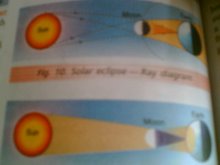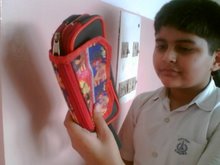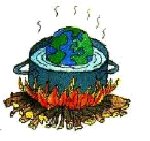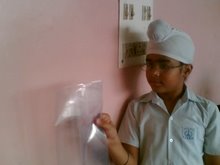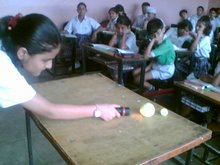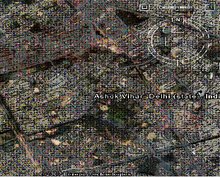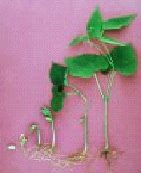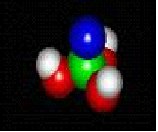
Why did the designer choose this particular combination of materials? The metal parts of the torch must conduct electric current if the torch is to function, but they must also be able to stand up to physical forces. The spring holding the cells in place should stay springy, while the parts of the switch must make good electrical contact and be undamaged by repeated use.
The lamp and reflector make up an optical system, often intended to focus the light into a narrow beam. The plastic casing is an electrical insulator. Its shape and colour are important in making the torch attractive and easy to handle and use.
A torch is a simple product, but a lot of thought is needed to make sure that it will work well. Can you think of other things which the designer should consider?
A different way of describing the torch is by using a circuit diagram in which the parts of the torch are represented by symbols:
There are two electric cells ('batteries'), a switch and a lamp (the torch bulb). The lines in the diagram represent the metal conductors which connect the system together.
A circuit is a closed conducting path. In the torch, closing the switch completes the circuit and allows current to flow. Torches sometimes fail when the metal parts of the switch do no make proper contact, or when the lamp filament is 'blown'. In either case, the circuit is incomplete.
Current
An electric current is a flow of charged particles. Inside a copper wire, current is carried by small negatively-charged particles, called electrons. The electrons drift in random directions until a current starts to flow. When this happens, electrons start to move in the same direction. The size of the current depends on the number of electrons passing per second.
Current is represented by the symbol I, and is measured in amperes, or 'amps', A. One ampere is a flow of 6.24 x 1018 electrons per second past any point in a wire. That's more than six million million million electrons passing per second. This is a lot of electrons, but electrons are very small and each carries a very tiny charge.
In electronic circuits, currents are most often measured in milliamps, mA, that is, thousandths of an amp.






























